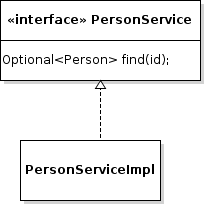MySQL Master - Master
This blog post is the first part of a series of three tutorials dedicated to Rancher High-Availability. And the first step towards HA is to have a fault tolerant database.
By default Rancher comes with an embedded HSQLDB database. It's fine for testing purpose but not suited to a production environment.
So this tutorial explains:
- How to start a replicated Master - Master MySQL database using Docker,
- How to export Rancher data to an external database,
- How to start Rancher using an external database.



